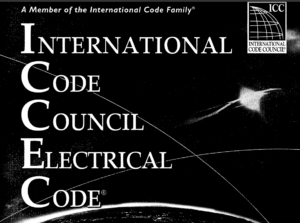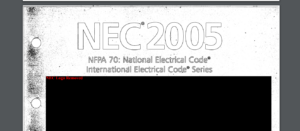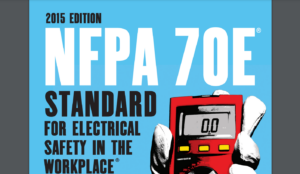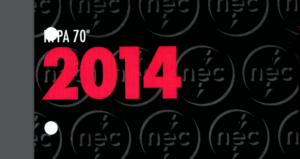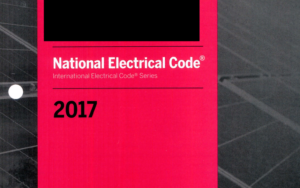The 1970 Massachusetts Electrical Code establishes guidelines for the safe installation, repair, and maintenance of electrical wiring and fixtures in buildings and structures, focusing on the protection of people and property from electrical hazards. It requires all electrical systems to be reasonably safe, though not necessarily efficient or suitable for future expansion, and advises against overloading by advocating for installations that accommodate future electrical needs. The code applies to electrical conductors and equipment within various premises, including mobile homes, yards, and industrial areas, but excludes installations in ships, aircraft, mines, and utility-specific installations outside or in dedicated buildings. Organized into nine chapters, the code covers general applications, special conditions, and communication systems, with definitions provided in Article 100, aligned with the USA Standard Definitions of Electrical Terms. Equipment approval is based on compliance with recognized engineering standards, avoiding redundant examinations, and ensuring consistency in safety evaluations. Engineers and planners are encouraged to design systems with ample space for wiring and future expansions while limiting circuits in enclosures to reduce risks associated with short circuits. The code undergoes periodic revisions to reflect technological advancements and best practices, emphasizing the importance of using the latest edition for compliance. Overall, it aims to safeguard individuals and properties from electrical hazards while providing a framework for maintaining and expanding electrical systems safely and effectively.
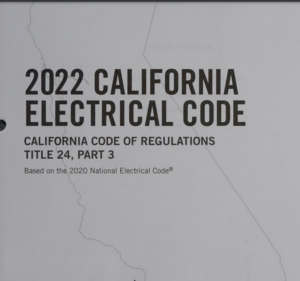
2022 California Electric Code Title 24, Part 3
The 2022 California Electrical Code establishes comprehensive safety standards for electrical installations, ensuring a harmonious balance between innovation and compliance within California’s diverse architectural landscape.

